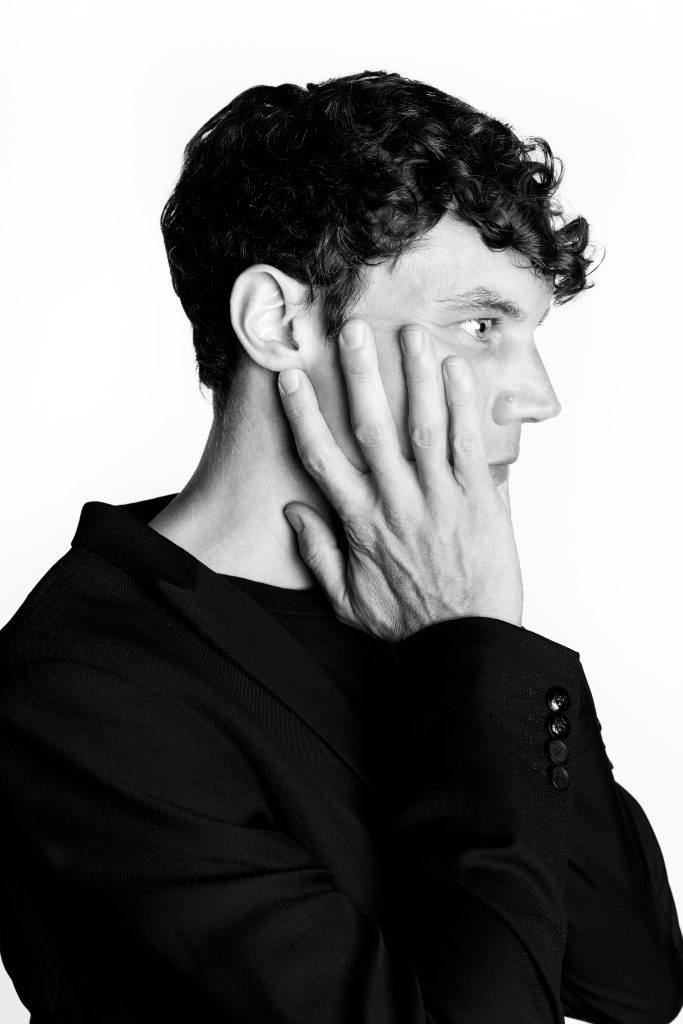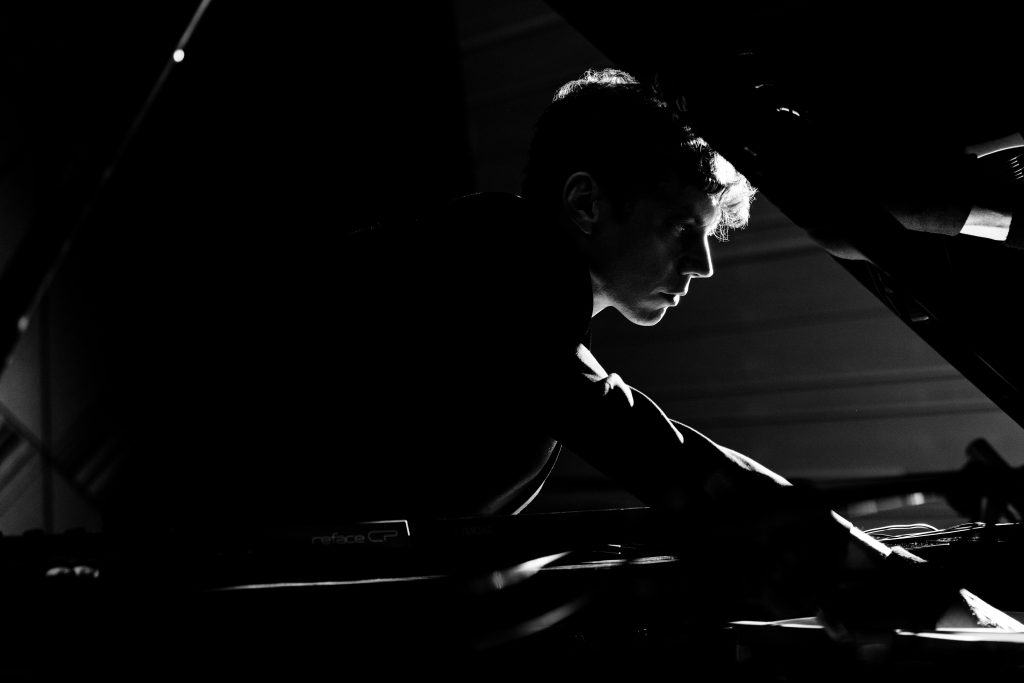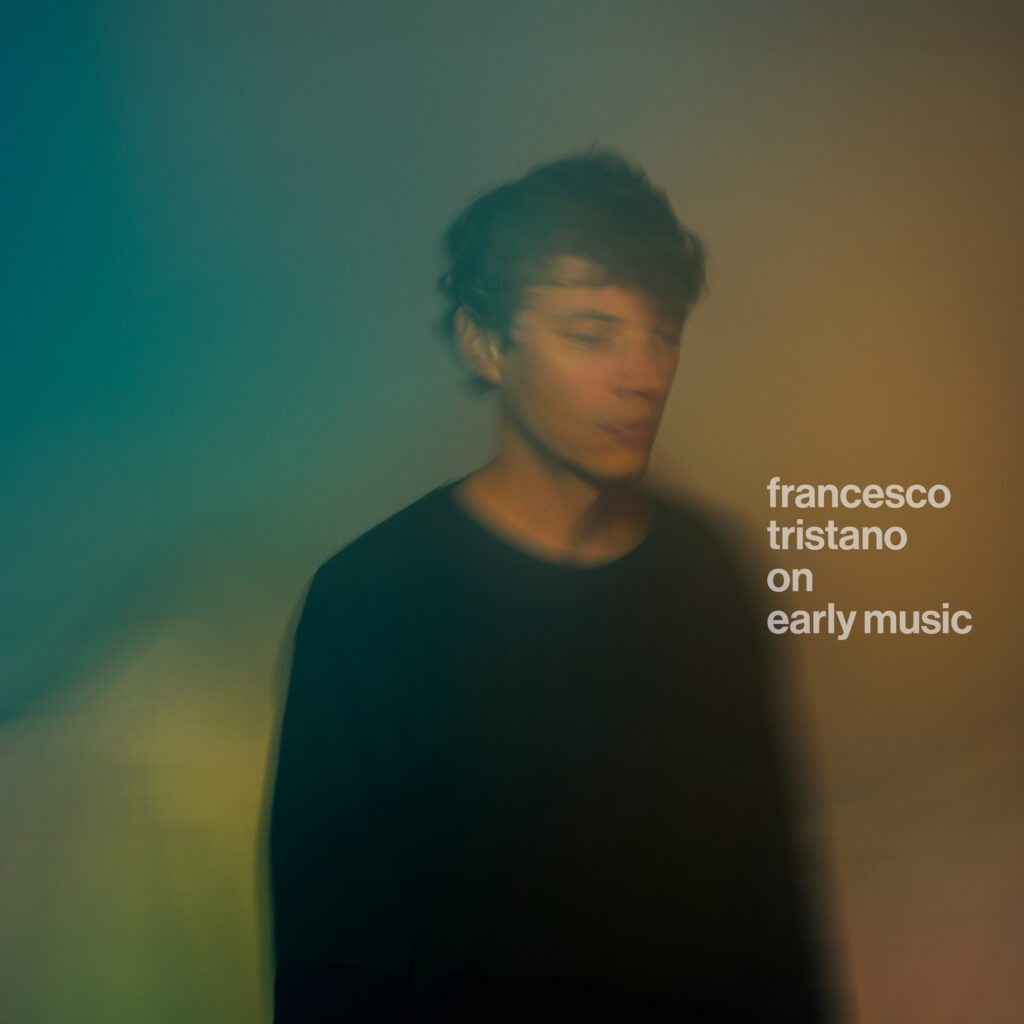Second part of the exploration of the keyboard works of J. S. Bach (1685-1750) by the Luxembourger Francesco Tristano, this recording dedicated to the set of six English Suites (BWV 806-811, composed in the 1710s) celebrates the Dionysian power of Bach’s universe, through a sometimes dizzying playing style.
After the first instalment, published in November 2024 (6 Partitas, naïve V8619), of the exploration of the music of J. S. Bach (1685-1750) that the Luxembourg pianist Francesco Tristano has been undertaking for the last three years, naïve is now publishing the six English Suites (BWV 806-811). Recorded in December 2022, they actually constitute the starting point of this project, which will continue in a few months with the seven Toccatas (autumn 2025) and the six French Suites (2026). This double album offers a new series of magnificent photographs by Breno Rotatori: nocturnal hues, midnight blue and vermilion yellow, now replace the lively blood-red-orange of the Partitas.
Despite their title, the six English Suites reveal no trace of keyboard music by British musicians who predated Bach, such as Orlando Gibbons, William Byrd or John Bull. A handwritten copy owned by Johann Christian Bach (1732–1795) bears the note “made for the English”, a note that was taken up in 1802 by his father’s first biographer, Johann Nikolaus Forkel. These works probably date, in their very first version, from the years 1713-1714: J. S. Bach, approaching his thirties, was then officiating at the chapel of the Duke of Saxe-Weimar, and more likely intended them for his students, who, over the course of the set, were thus introduced to the genre of the French suite. A great connoisseur of French masters (Couperin, Marchand, Dieupart, etc.), the German composer tackles for the first time one of the main musical forms in the Europe of his time, governed by the succession of popularly inspired, stylised dances. He takes up the usual allemande, courante, sarabande and gigue (with ornamentations written in the double or agréments), and creates a surprise by choosing in the penultimate place – depending on the suite – bourrées, gavottes, minuets or passepieds, and by introducing each of his six Suites with a Prelude of bewilderingly vast proportions.
For Francesco Tristano, Bach is a master of the groove, his writing has flow. The pianist’s modus operandi? Immerse yourself in it as you dive into deep water: you breathe in, and you only breathe out when you come back up. A few months ago, the Partitas were already surprising in their lively lightness. Today, these English Suites, even more sprightly, sometimes to the point of vertigo in the Preludes (Suites BWV 809 and BWV 810!) or certain rapid dances (Gavotte from BWV 811, Bourrée from BWV 807), celebrate the Dionysian power of Bach’s universe, incontestably inexhaustible.
Play it here



